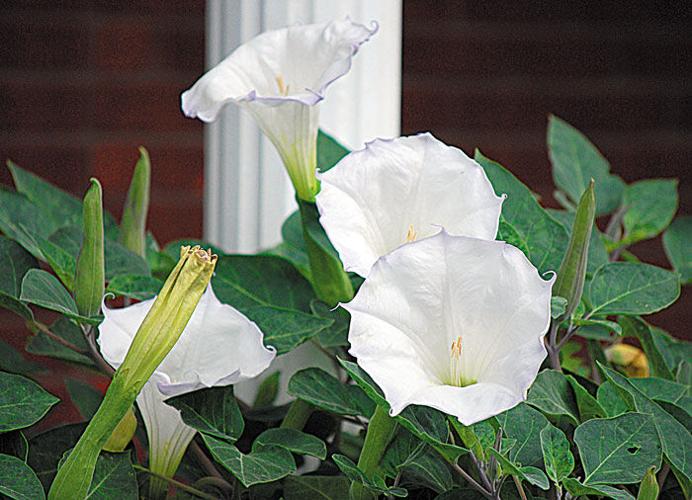Last night, for at least the third time, I watched a light-hearted murder mystery movie. Three times, and although I think I know who committed the crime, the killer remains a mystery because I have fallen asleep every time.
Every single time!
This says much more about my sleep schedule than the movie. I am not the "up all night" kind of gal. Not even in college or during my brief season of sowing wild oats did I stay up late into the night.
I mention this because as I type, I am getting hyped for the weekend concerts in ┬ę┬ū─┌╔õ. Yes, I am digging through the closet and polishing, ready to put on "my, my, my boogie shoes."
┬ę┬ū─┌╔õ is dripping in patriotic bunting, blooming with red and white flowers, and celebrating the summer months in style. I have been soaking it all in -- the USA Pro Cycling Road Race, FestivALL, Live on the Levee, and the anticipation of the ┬ę┬ū─┌╔õ Regatta. I say, ŌĆ£keep it cominŌĆÖ love.ŌĆØ
KC & the Sunshine Band will perform on Friday night. My goal is to have a little nap, have a little snack, do a little dance, and get down that night.
OK -- that even made me laugh, and I hope you read it with a sing-along rhythm.
There will be very little "getting down," but I am excited for Regatta and the entertainment that comes to town.
As I plan to shake, shake, shake my bootie to the music, a world of nighttime blooms is happening in the garden.
Stories you might like
I admit to setting my alarm as a reminder to see the night-blooming cereus bloom in all of its glory well after my bedtime. To see this rarely blooming plant bloom is no sacrifice and well worth missing a few hours of shut-eye.
Another plant that enhances an evening in the garden is Flowering Tobacco (Nicotiana alata). This annual likes full sun and moist soil.
Shop carefully; the hybrids often sold in garden centers will bloom during the day and lack the fragrance of the night-blooming varieties. Look for trumpet-shaped flowers in colors ranging from green to white, yellow and red.
Evening primrose is a biennial, meaning the first year is spent developing the plant's stems and vines, and the second year is when the flowers appear. Being a bi-annual, the plant has a two-year life cycle. After the bloom fades you will be saying ŌĆ£Oh, please donŌĆÖtŌĆÖ go.ŌĆØ
Four o'clocks are annuals that I remember from my childhood. This old-fashioned annual produces blooms in orange, pink, white and yellow and will generously reseed each year. Expect this plant to reach 12 inches in height and bloom until frost, with flowers appearing in the late afternoon and evening.
Moonflower is a vine that can climb to reach 20 feet. The flat, round, white flowers are fragrant and only open for one night. To grow a healthy vine with several blooms, plant in full sun.
Night-blooming flowers are food for pollinators. To keep your garden a welcoming place for night feeders, reduce the bright lights in the garden. Spotlights and other intense outdoor lighting can confuse and disorient pollinators. Outdoor timers can help provide light when you enjoy the garden and shut off light sources for the late-evening hours.
My garden brings me pleasure in the daylight and early evening hours. The fact that night blooms and nocturnal pollinators fill the nighttime space is, to quote KC and the Sunshine Band, "just the way I like it, Uh-Huh Uh-Huh. "














